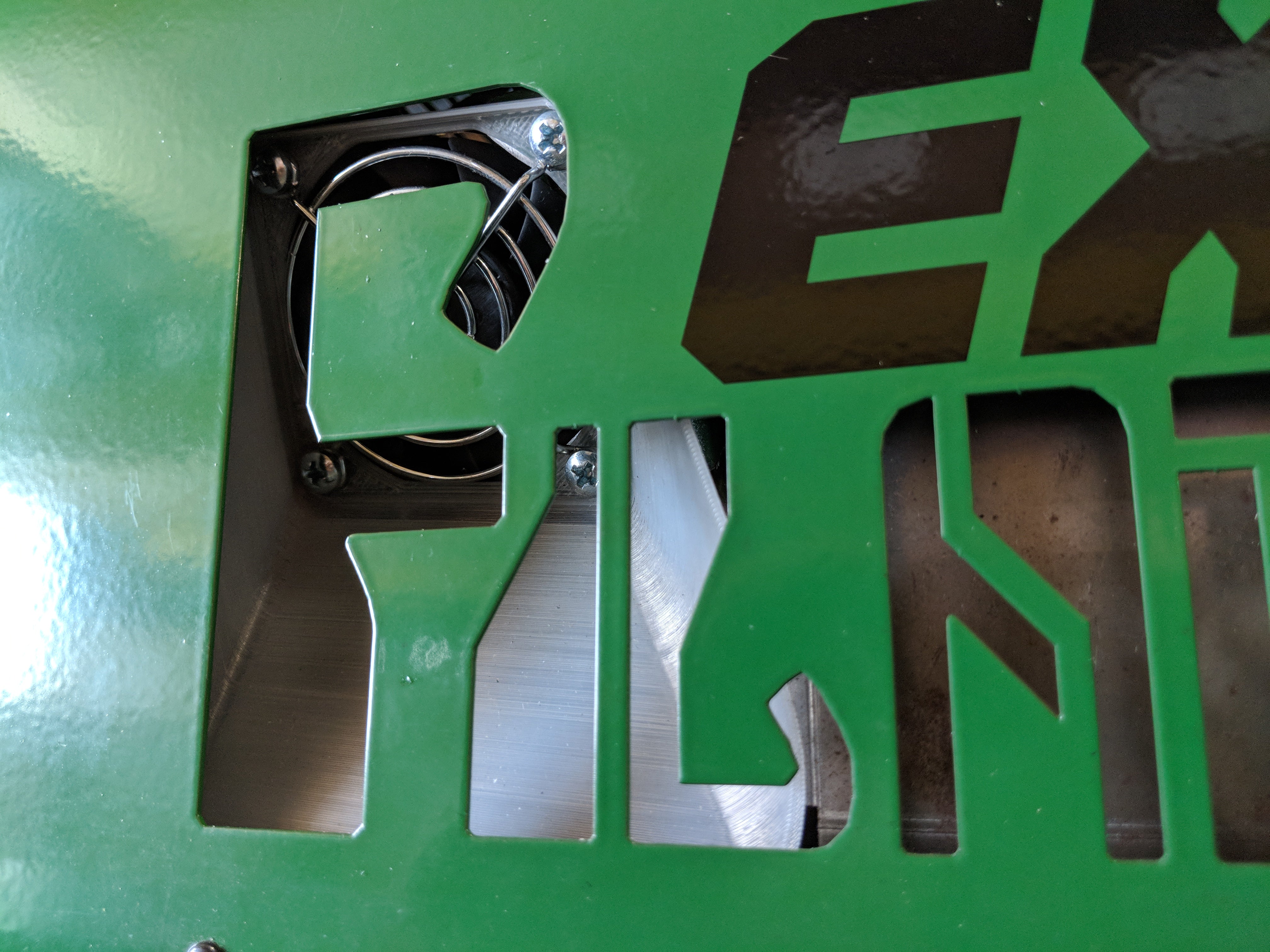Filament spools are awesome for keeping filament under control. However, once the spools are empty, what do you do? Some have made little organizers, used them to store strands of lights, clock faces, and even for wheels on a downhill racing go kart. Even the Filabot team has used old spools for other uses.
While all of these solutions are a step in the right direction, there is more that can be done. The mountain of empty spools that is filling up your garage, office, or makerspace studio needs a loop closed. Most of the time these spools don't have a recycling symbol, only leaving the option to throw them away. This is not the best use of these spools. We think the best use for these unusable spools is to turn them back into filament, so that new 3D prints can be made...... or you could print the new #masterspool print!
That is exactly what we did. Follow us through the steps below to learn how we recycled old filament spools into new filament that can be used in a 3D printer.
Click here to learn more about the #masterspool project.
How about a free filament sample? Click the button below for a free sample of filament made from old filament spools!
HOW TO RECYCLE FILAMENT SPOOLS INTO NEW FILAMENT
Step 1: Know Your Plastic
Each spool company and filament extrusion company uses a different grade of plastic. Knowing the grade or plastic of your spools will help to determine necessary temperatures to successfully print. Our spool supplier uses a blend of ABS and PC. PC generally prints at higher temperatures well within our printer capabilities.

Step 2: Cut Spools In Half
Our filament spools have a large solid center core, so we cut the spools in half using our machine shop bandsaw. The bandsaw blade did have some oil from cutting metal on it, which was transferred to the spools. Simply wiping off the spools with a rag removed the oil.

Step 3: Grinding
Our next step is grinding. Grinding breaks down the spools into shavings that can be used in our filament extruders. The grinder ate up the spools and spit out nice shavings, ready for the next step.

Step 4: Filament Extruding
With some tuning of temperatures and speeds, we were able to get great diameter filament. We ended up using the Filabot EX6, Filabot Airpath, and Filabot Spooler systems. Sometimes, when we extrude new materials, we have to add in a base material to help with extruding. This time we were able to extrude this material at 100% grindings. There was nothing out of the ordinary for making filament from these spools.

Step 5: 3D Print - Test Print
Once the filament was made, we moved onto printing. Our first print is always our "Filabot Test Print" (Thingiverse number: 2844384). The print is very simple, but it allows us to see if there are any changes that need to be made to print settings. We knew that the ABS/PC alloy would print at a higher temperature. After some testing, the final temperature was set to 270ºC for the hotend and 95ºC for the bed temperature. The temperature was really the only thing that needed to be changed for a successful print.

Step 6: #masterspool Printing - Click here for files
Now off to the races printing the #masterspool. The overall print on the build plate is just under 8in x 8in. For this we had to break out our larger printer.

Ta-da! A #masterspool printed with old filament spools.

Step 7: Repeat Recycle
To take this even further, we could recycle the #masterspool back into filament! We did have some failed prints from when we were finding the best temperatures that we will at some point turn that back into filament.







3 comments
peter
it is realy nice but you only tell me the all ready known how to melt plastic etc… i cant find any temperature settings on your specific abs/pc spools to really extrude these spools so a real how to is not gone be applying on this HOW TO..giving a base temperature would be appropriate on a how to , don’t you think so… abs/pc i would gues about 260 ? maybe ?
it is realy nice but you only tell me the all ready known how to melt plastic etc… i cant find any temperature settings on your specific abs/pc spools to really extrude these spools so a real how to is not gone be applying on this HOW TO..giving a base temperature would be appropriate on a how to , don’t you think so… abs/pc i would gues about 260 ? maybe ?
Lori F Gordon
I’m looking for someone to recycle my plastic wire spools (about 15 in in diameter and 12 in long). Anyone in the North East Texas area that does this?
I’m looking for someone to recycle my plastic wire spools (about 15 in in diameter and 12 in long). Anyone in the North East Texas area that does this?
Dean Simmons
I think this is awesome guys 👍
I think this is awesome guys 👍